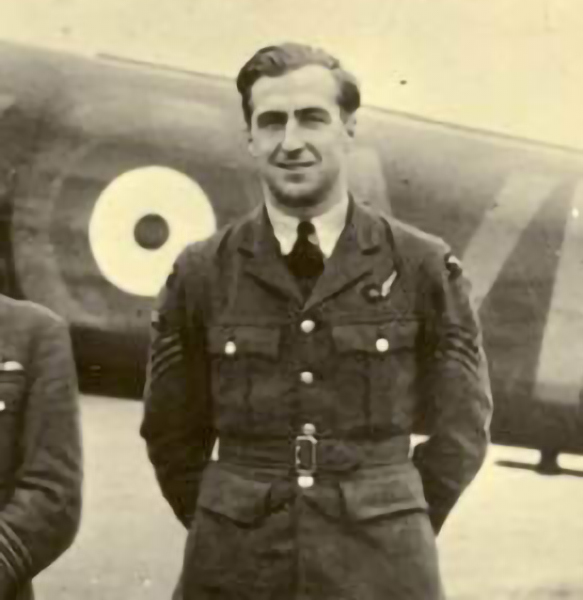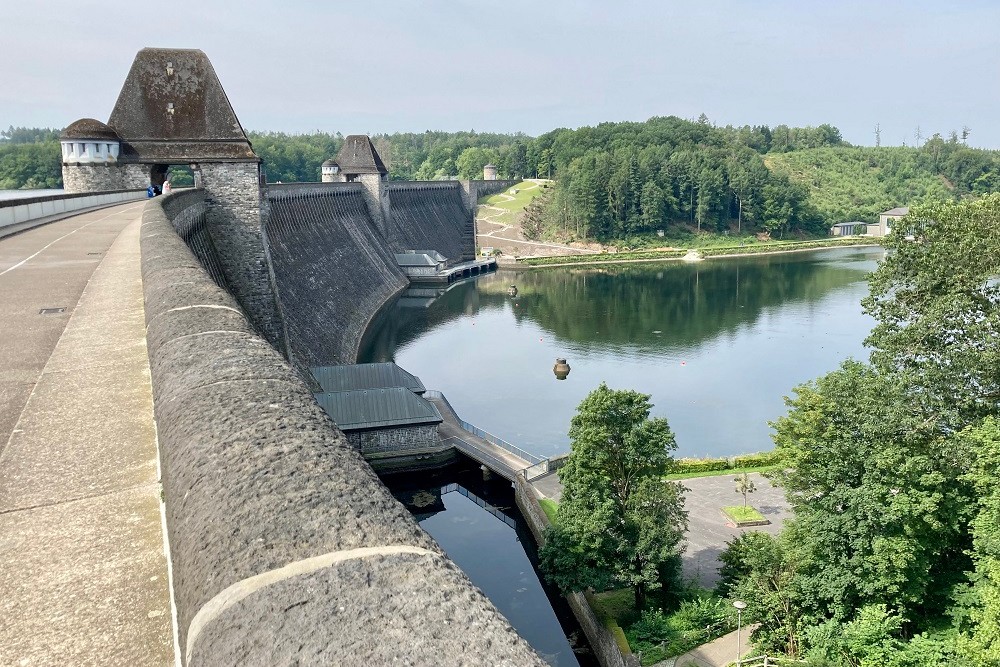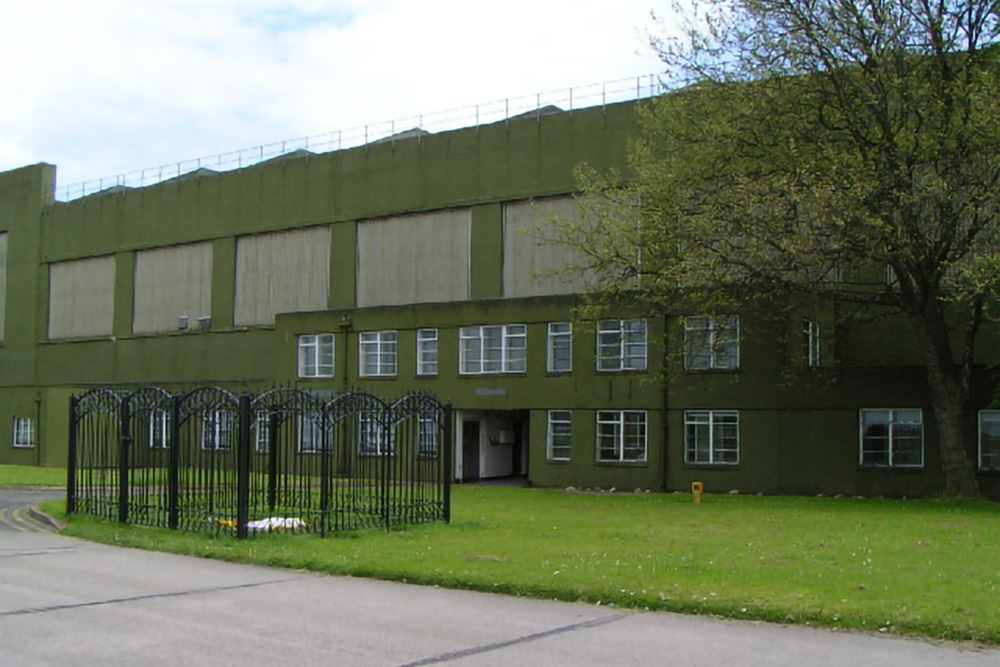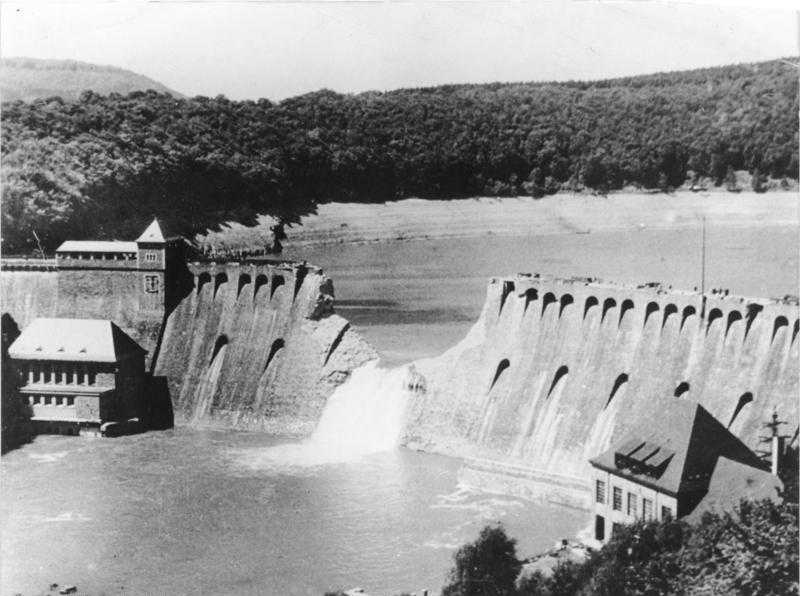Trevor-Roper, Richard Algenon Dacre
- Date of birth:
- May 19th, 1915 (Shanklin/Isle of Wight, Great Britain)
- Date of death:
- March 31st, 1944
- Buried on:
- Commonwealth War Cemetery Durnbach
Plot: 6. Row: H. Grave: 13. - Service number:
- 652959 (NCO)/47354 (Officer)
- Nationality:
- British
Biography
After being educated at Oriel House School, North Wales and at Wellington College, he was commissoned in the Royal Artillery from Woolwich in 1935 until 1937. He joined the RAF in 1939 and served with No. 50 and No. 617 Squadron.
He was lost in air operations over Germany.
Promotions:
29 oktober 1935: 2nd Lieutenant Royal Artillery
? Sergeant
17 October, 1941: Pilot Officer on Probation (emergency)
1 October, 1942: Flying Officer on Probation (war sub)
24 October, 1943: Flight Lieutenant (war sub)
Do you have more information about this person? Inform us!
- Period:
- Second World War (1939-1945)
- Rank:
- Sergeant
- Unit:
- No. 50 Squadron, Royal Air Force
- Awarded on:
- December 23rd, 1941
"Sergeant Trevor-Roper was posted to No.50 Squadron w.e.f. 27th October, 1940.Sergeant Trevor-Roper completed his first two operational flights as rear gunner. The remainder of his trips have been completed in the capacity of 1st WT/AG to the Squadron Commander Wing Commander G A Walker DSO. Throughout he has rendered outstanding service in this capacity and undoubtedly has been largely responsible for the safe return of his crew, when severe weather has been encountered.On one occasion in December 1940, this crew was returning from operations in extremely severe weather, with severe icing and low cloud over the North Sea and this country. W/T aid was sought, but is was found that the wireless receiver volume control had frozen in the minimum position. On attempting to turn the control to increase the volume the control fractured. Despite this, Sergeant Trevor-Roper obtained N/Fixes and ensured the safe return of the aircraft. These fixes were of extreme value as 60mph wind blowing had altered direction through more than 90 degrees from the forecasted direction.On another occasion in February 1941, this crew returning from operations when low cloud extensively covered the country, being down to ground level in many places. The W/T transmitter had blown up in a severe electric storm over enemy territory. The first radio beacons had just been installed in the Eastern Counties, and the aircraft was successfully homed over this country using the loop and W/T receiver. On arrival over this country at 23.15 hours, contact was made with WEST REYNHAM on TR9. The cloud was reputed to be down on the ground and the weather to be generally very bad all over the country. In those conditions it was quite impossible to go far with no W/T transmitter. No lorenz was available. The only contact between the aircraft and the ground was by the TR9. An attempt was made to locate WYTON, when the TR9 also failed. It appeared that unless this could be rendered serviceable it would be necessary to abandon the aircraft. After working at the TR9 set for an hour Sergeant Trevor-Roper made it operate successfully by tapping 2 volts off the main 12 volt circuit. Eventually the aircraft landed safely at OAKINGTON guided to the aerodrome in conditions of extremely poor visibility, with cloud height 200 feet, entirely by strength of the TR9 transmissions. Sergeant Trevor-Roper's skill undoubtedly ensured the safe landing of this aircraft.In addition to being an outstandingly able wireless operator he is an excellent gunnery leader. On two occasions when his crew have gardening in hot spots-the harbour at Copenhagen and the top of Oslo Fiord - searchlights have held the aircraft when near the surface of the water and accurate light anti-aircraft fire has been encountered. On both occasions Sergeant Trevor-Roper undoubtedly doused a number of searchlights which held the aircraft in their beams. On all occasions he has been an outstanding inspiration to his and all other aircrew. It is considered that his gallantry and devotion to duty over a long period are worthy of recommendation."
- Period:
- Second World War (1939-1945)
- Rank:
- Acting Flight Lieutenant
- Unit:
- No. 617 Squadron, Royal Air Force
- Awarded on:
- May 28th, 1943
- Awarded for:
- Operation Chastise
Recommendation:
“This officer flew as Rear Gunner in the leading Lancaster which attacked the Mohne Dam. During the run in, his aircraft was subjected to stiff opposition from flack defences situated along the top of the dam. By using his rear guns with great skill, even though bullets were passing through the rear structure of the aircraft just behind him, he succeeded not only in deterring the aim of the defences but later in drawing the fire away from other aircraft which were actually making their bombing runs. As Gunnery Leader, Flight Lieutenant Trevor-Roper has set a magnificent example which is an inspiration to all the other gunners in the squadron.”
“This officer flew as Rear Gunner in the leading Lancaster which attacked the Mohne Dam. During the run in, his aircraft was subjected to stiff opposition from flack defences situated along the top of the dam. By using his rear guns with great skill, even though bullets were passing through the rear structure of the aircraft just behind him, he succeeded not only in deterring the aim of the defences but later in drawing the fire away from other aircraft which were actually making their bombing runs. As Gunnery Leader, Flight Lieutenant Trevor-Roper has set a magnificent example which is an inspiration to all the other gunners in the squadron.”
- Period:
- Second World War (1939-1945)
Sources
- Photo 1: Findagrave
- - The London Gazette
Publication date:30 August 1935 Supplement:34194Page:5532
- The London Gazette Publication date:6 January 1942 Issue:35408Page:141
- The London Gazette Publication date:25 May 1943 Supplement:36030Page:2362
- The London Gazette Publication date:2 November 1943 Supplement:36235Page:4861
- Charterhouse Auction | Charterhouse Auctioneers and Valuers
- Memorials and Monuments on the Isle of Wight - Main Index








